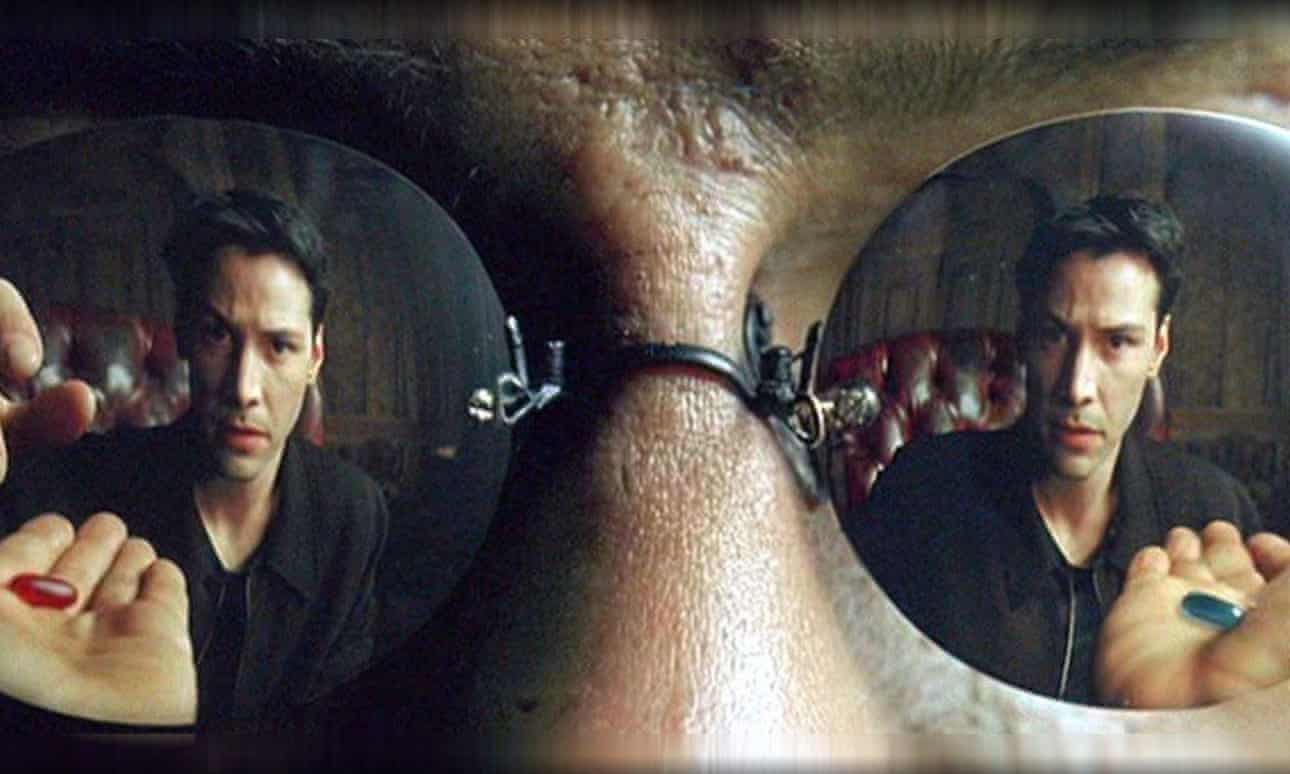My Body is a Cage: the Role of Morphology in Graph-Based Incompatible Control
ICLR 2021
OpenReview | Arxiv
Vitaly Kurin, Maximilian Igl, Tim Rocktäschel, Wendelin Boehmer, Shimon Whiteson
TL;DR
Providing morphological structure as an input graph is not a useful inductive bias in Graph-Based Incompatible Control. If we let the structural information go, we can do better with transformers.
@inproceedings{
kurin2021my,
title={My Body is a Cage: the Role of Morphology in Graph-Based Incompatible Control},
author={Vitaly Kurin and Maximilian Igl and Tim Rockt{\"a}schel and Wendelin Boehmer and Shimon Whiteson},
booktitle={International Conference on Learning Representations},
year={2021},
url={https://openreview.net/forum?id=N3zUDGN5lO}
}
Setup
All the experiments are done in a Docker container. To build it, run ./docker_build.sh , where cpu or cu101. It will use CUDA by default.
To build and run the experiments, you need a MuJoCo license. Put it to the root folder before running docker_build.sh.
Running
./docker_run # either GPU id or cpu
cd amorpheus # select the experiment to replicate
bash cwhh.sh # run it on a task
We were using Sacred with a remote MongoDB for experiment management. For release, we changed Sacred to log to local files instead. You can change it back to MongDB if you provide credentials in modular-rl/src/main.py.
Acknowledgement
- The code is built on top of SMP repository.
- NerveNet Walkers environment are taken and adapted from the original repo.
- Initial implementation of the transformers was taken from the official Pytorch tutorial and modified thereafter.






